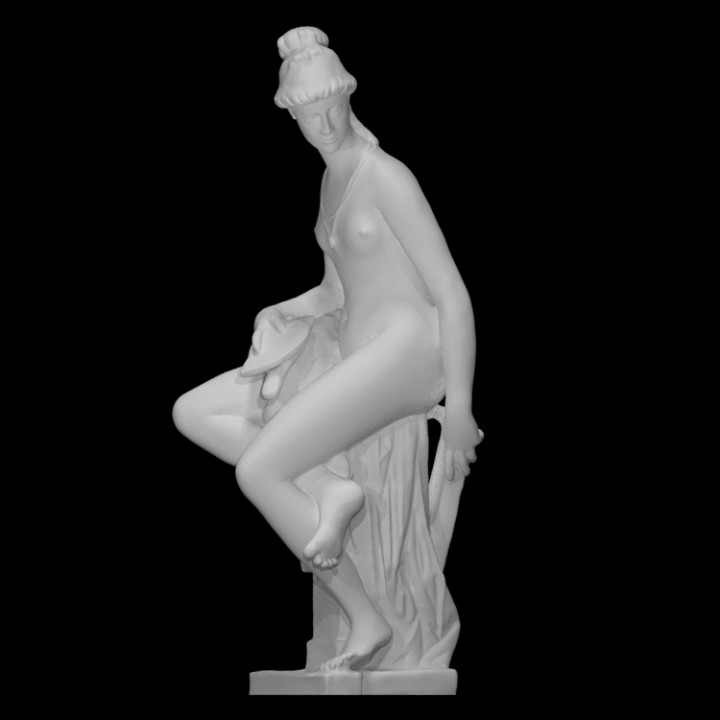
Allegory of Architecture
myminifactory
This marble sculpture was originally designed for the Boboli Gardens, depicting a seated female figure naked from the waist up. Edoardo Piccoli explains that the final decision to make Architecture a woman holding a compass, square ruler, and plumb line stemmed from a debate on drawing arts sparked in Florence during Vasari's time. One notable date with symbolic importance is 1565, when Giovanni Bandini was tasked with sculpting a personification of Architecture mourning on Michelangelo's grave. Although it marked a point of arrival rather than innovation, this work served as an authoritative reference for other sculptures, such as Giambologna's refined statue - a truly divine nude adorned only with the profession's attributes and its models, precious 'copies' destined to travel across Europe from one court to another. Piccoli notes that nudity was an extraordinary choice in representing Architecture, as lavish clothes usually suggested the decor and 'variety' of architecture. A woman, a compass, a square ruler, and other recognizable traits: this incarnation of Architecture presented changeable and often ambiguous features at its basic level of allegory. After all, the compass, square ruler, and drawings are also attributed to other figures, and only when combined in certain contexts can they come to mean 'Architecture'.
With this file you will be able to print Allegory of Architecture with your 3D printer. Click on the button and save the file on your computer to work, edit or customize your design. You can also find more 3D designs for printers on Allegory of Architecture.
